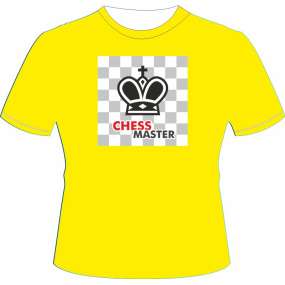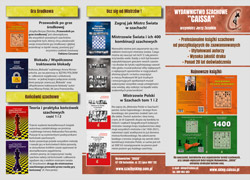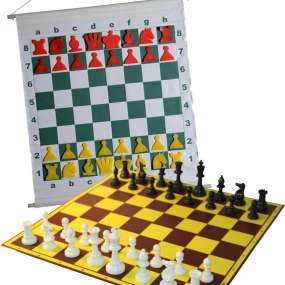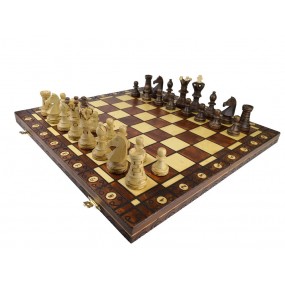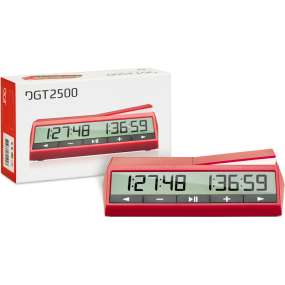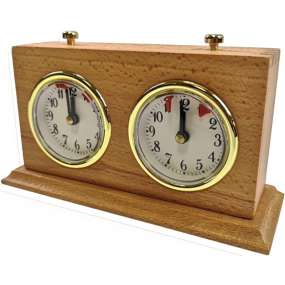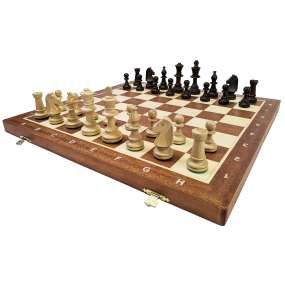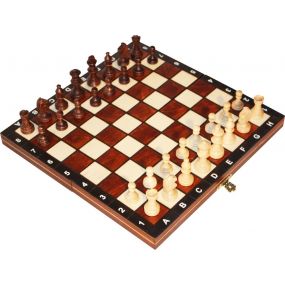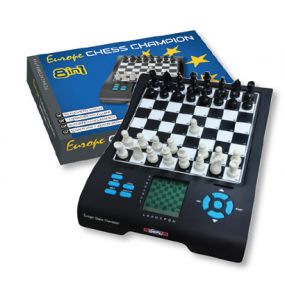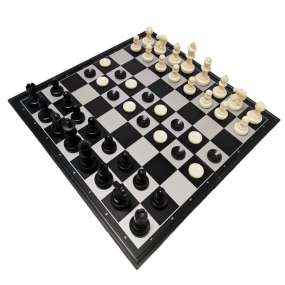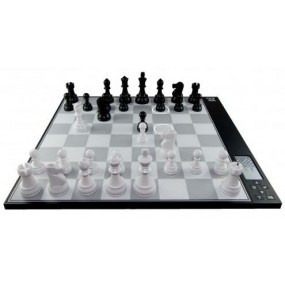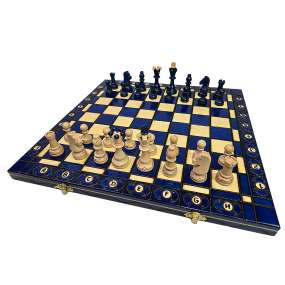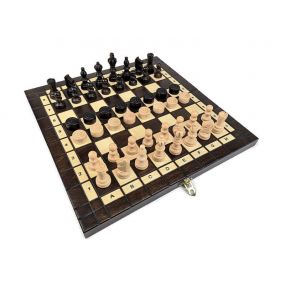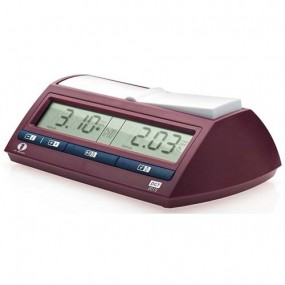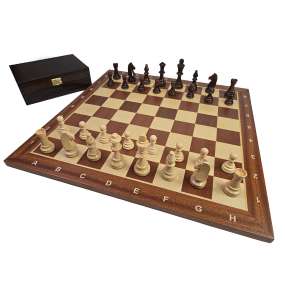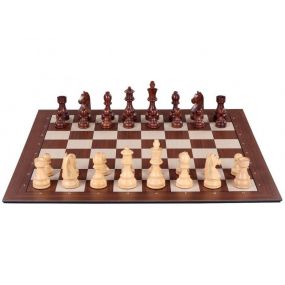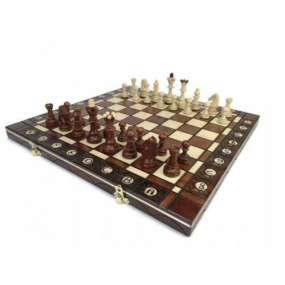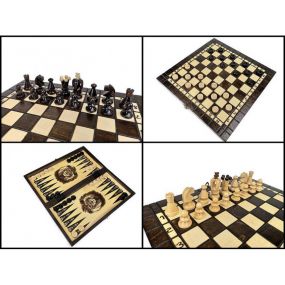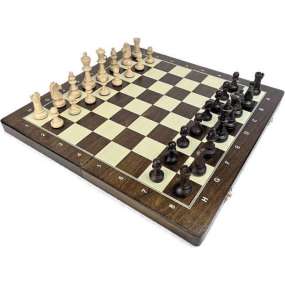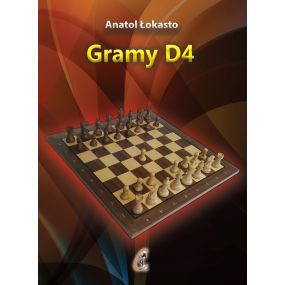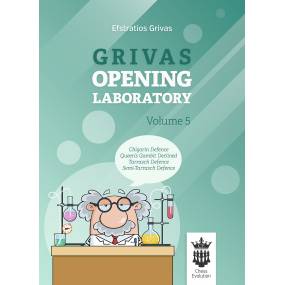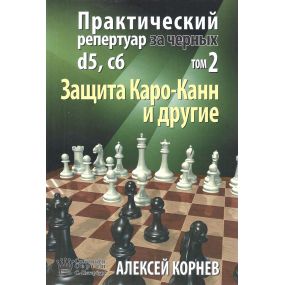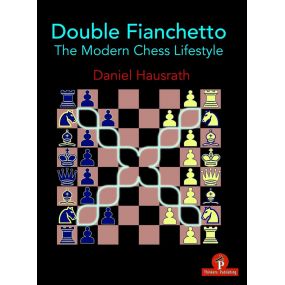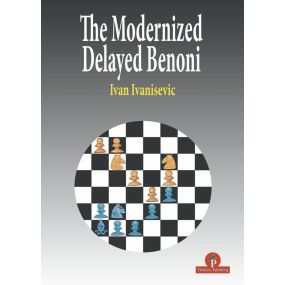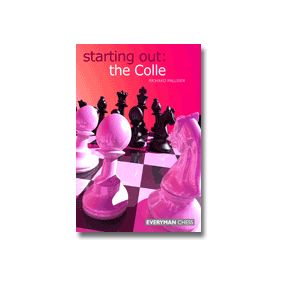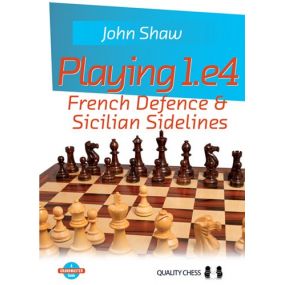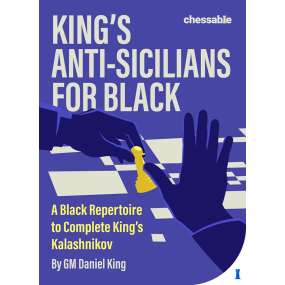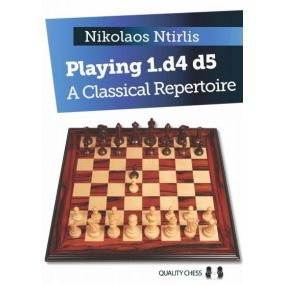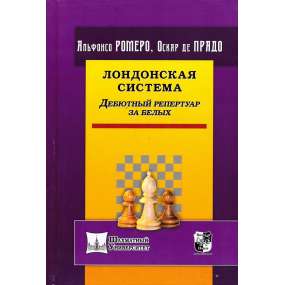Our repertoire against 3 ... d6 emphasizes our ability to consistently interfere with Black’s co-ordination. We’ll immediately break open the center with 6.c3 and 7.d4, before attempting to create endless practical difficulties in the mainline with an e5- e6 push. It’s important to pay attention to the continuous theme of both pawn and exchange sacrifices, where piece quality is often prioritized over piece quantity. As usual, the various lines continuously offer ‘safer alternatives’ - which are by no means worse, but instead offer the opportunity to take the game in a different direction. Against 3 ... e6, I offer two alternatives: either playing critically with 4.0-0 and 5.d4, or frustrating Black’s development with 4.0-0 and 5.Re1. The first option will result in positions similar to Open Sicilians, except that Black has a slightly inferior knight on g6, as opposed to f6. The latter aims for optimal piece placement which will make it difficult for Black to open the centre - whereas we are ideally positioned to break with c2-c3 and d2-d4. 3 ... g6 is arguably the most critical line against the Rossolimo. As usual, I analysed two distinct options - either capturing on c6 immediately or playing 4.0-0 and 5.c3 with the aim of occupying the centre. In both lines, we’ll often encounter themes revolving around Black’s weakened dark-squares, as well as attempts to suppress Black’s g7-bishop with a strong e5-pawn. You will quickly realize that a combination of our own dynamic piece play, alongside attempting to create endless practical difficulties for our opponent, are at the heart of every variation we discuss. I’d like to thank Daniël Vanheirzeele and Romain Edouard for the opportunity to write this series; Daniel Fernandez for finding the time to continuously critique and edit my analysis; and above all my parents, for their endless support throughout my chess journey.
IM Ravi Haria London, November 2020
SPIS TREŚCI:
004 Key to Symbols & Bibliography
007 Preface
009 Introduction
PART I - Sidelines
013 Chapter 1 - Rare 3rd Moves
PART II - 3 ... Nf6
051 Chapter 2 - 4.Nc3 Nd4
069 Chapter 3 - 4.Nc3 g6
095 Chapter 4 - 4.Nc3 Qc7
PART III - 3 ... d6
123 Chapter 5 - 4.0-0 Bd7 5.Re1 a6
137 Chapter 6 - 4.0-0 Bd7 5.Re1 Nf6 with 9 ... e5
155 Chapter 7 - 4.0-0 Bd7 5.Re1 Nf6 with 9 ... d5
PART IV - 3 ... e6
181 Chapter 8 - 4.0-0 Nge7 5.d4 cxd4 6.Nxd4 --
215 Chapter 9 - 4.0-0 Nge7 5.d4 cxd4 6.Nxd4 Qb6 7.Nxc6 --
239 Chapter 10 - 4.0-0 Nge7 5.d4 cxd4 6.Nxd4 Qb6 7.Nxc6 bxc6 8.Bd3
261 Chapter 11 - 4.0-0 Nge7 5.d4 cxd4 6.Nxd4 Qb6 7.Nxc6 bxc6 8.Be2
287 Chapter 12 - 4.0-0 Nge7 5.Re1 Ng6
311 Chapter 13 - 4.0-0 Nge7 5.Re1 Nd4
327 Chapter 14 - 4.0-0 Nge7 5.Re1 a6
PART V - 3 ... g6
345 Chapter 15 - 4.0-0 Bg7 5.c3 e5 with 7 ... Nxd4
375 Chapter 16 - 4.0-0 Bg7 5.c3 e5 with 7 ... exd4
407 Chapter 17 - 4.0-0 Bg7 5.c3 Nf6
443 Chapter 18 - 4.Bxc6 bxc6
473 Chapter 19 - 4.Bxc6 dxc6 with 6 ... e5
489 Chapter 20 - 4.Bxc6 dxc6 with 6 ... Nf6



